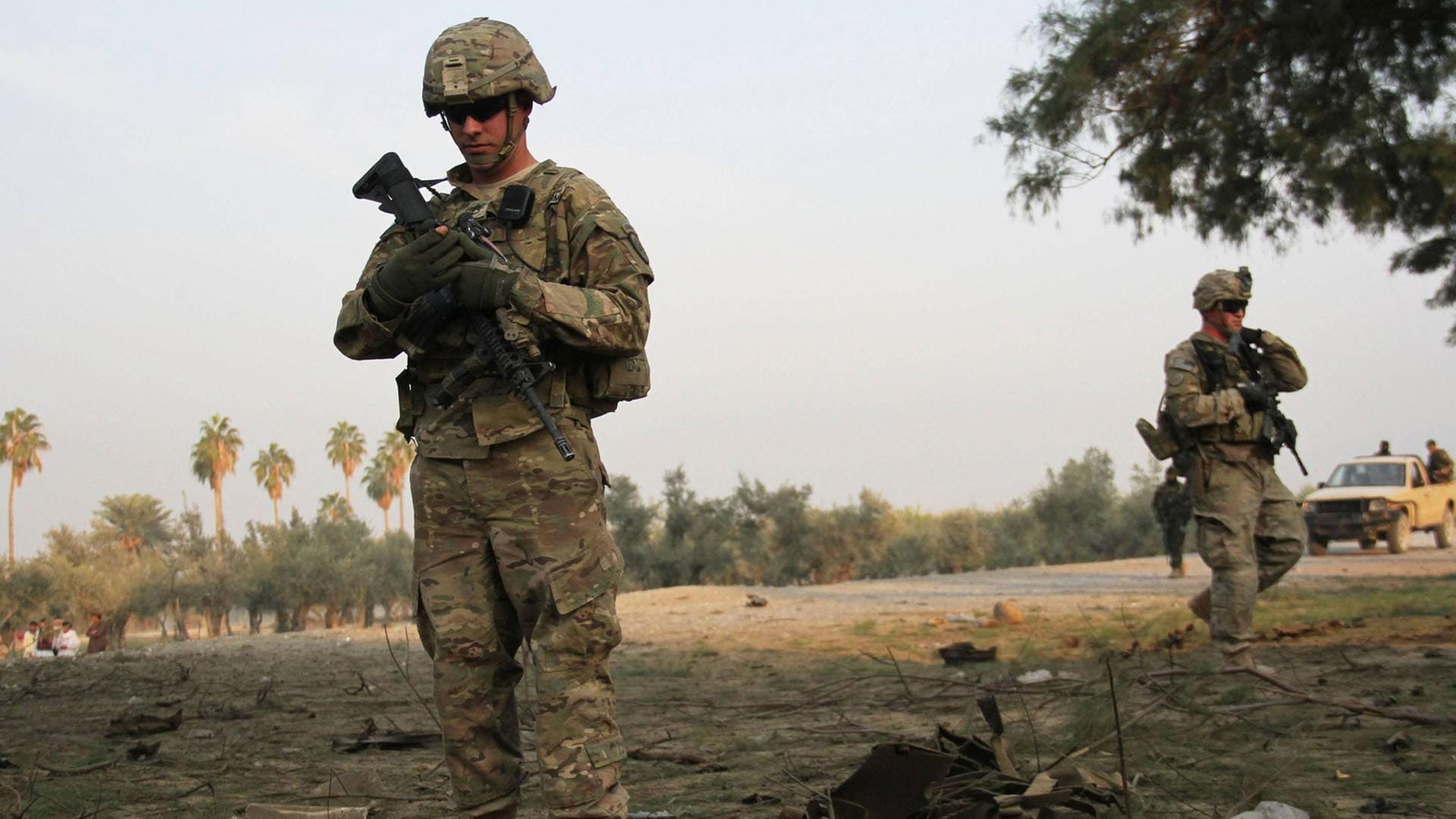A presidential executive order focusing on Diversity, Equity, and Inclusion programs within the U.S. military is expected to be signed, marking a significant shift in policy. The forthcoming order is projected to mandate the cessation of all DEI initiatives currently in place across the various branches of the armed forces. This move comes after sustained discussions and differing opinions on the merits and impacts of DEI efforts within the military structure. The executive order, once finalized and implemented, will likely have wide-ranging effects on numerous facets of military operations, including recruitment strategies, training protocols, and the criteria used for promotions and advancements.
The concept of DEI has become increasingly prominent in various sectors, including the military, over the past decade. These programs were designed to promote fairness, equality, and inclusivity within the ranks, aiming to address potential biases and disparities. The implementation of DEI initiatives has involved various changes, such as diversifying recruitment outreach, modifying training curricula to incorporate diversity awareness, and adjusting promotion boards to consider candidates from diverse backgrounds more holistically. These changes were often implemented in response to criticisms about potential systemic biases within the military and a desire to create a more representative and equitable force. Supporters of DEI in the military have argued that these measures are essential for strengthening unit cohesion and reflecting the diversity of the nation that the military serves. They also believe a diverse military can better address the needs of a globalized world and respond effectively to evolving security challenges.
However, the implementation of these DEI programs has also sparked considerable debate and controversy. Critics have argued that DEI initiatives undermine meritocracy and lower standards, suggesting they may prioritize representation over qualifications. There have been concerns that such programs could introduce division and discord within military units, compromising readiness and operational effectiveness. Additionally, some have expressed concern over the use of taxpayer funds for programs deemed unnecessary or counterproductive. Opponents argue that existing regulations already ensure equal opportunity and treatment within the military and that such programs have become excessively politicized. They suggest that a singular focus on military capability should be the paramount goal.
The upcoming executive order to eliminate these programs is expected to result in a significant restructuring of how the military handles issues related to diversity and inclusion. It may involve the revision or removal of specific training modules, changes to recruitment and retention policies, and adjustments to promotion and selection processes. The exact details of the executive order, as well as the timelines for implementation, remain to be seen. The order may also require the establishment of new criteria for evaluating talent and merit within the armed forces. The long-term implications of this policy shift are not yet fully understood, but it is anticipated to generate considerable discussion, debate, and scrutiny from various stakeholders, including military personnel, policy experts, advocacy groups, and the general public. The military will need to adapt to these changes and ensure continued operational readiness while adhering to the directives of the executive order. This will likely include significant review and adjustment of current practices and policies. The effects are expected to be broad, touching all levels of military operations and human resources management.


